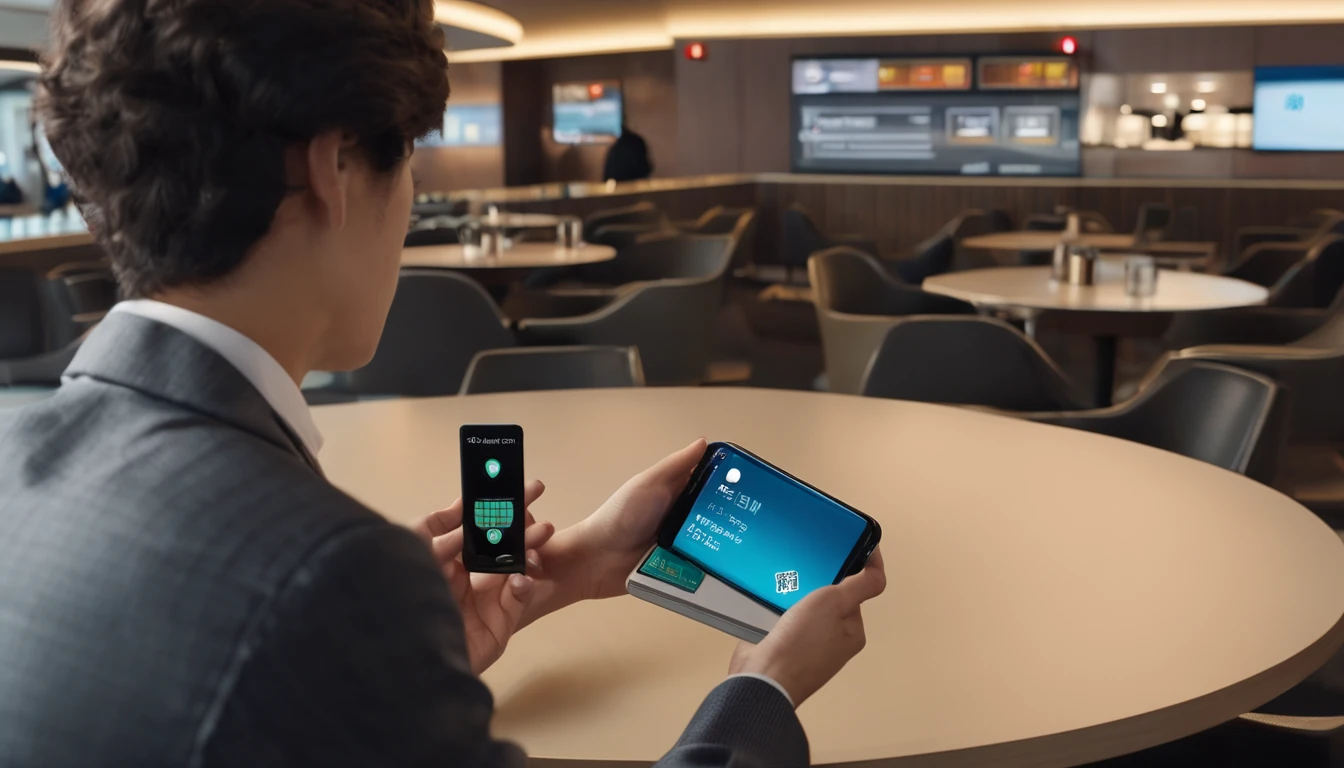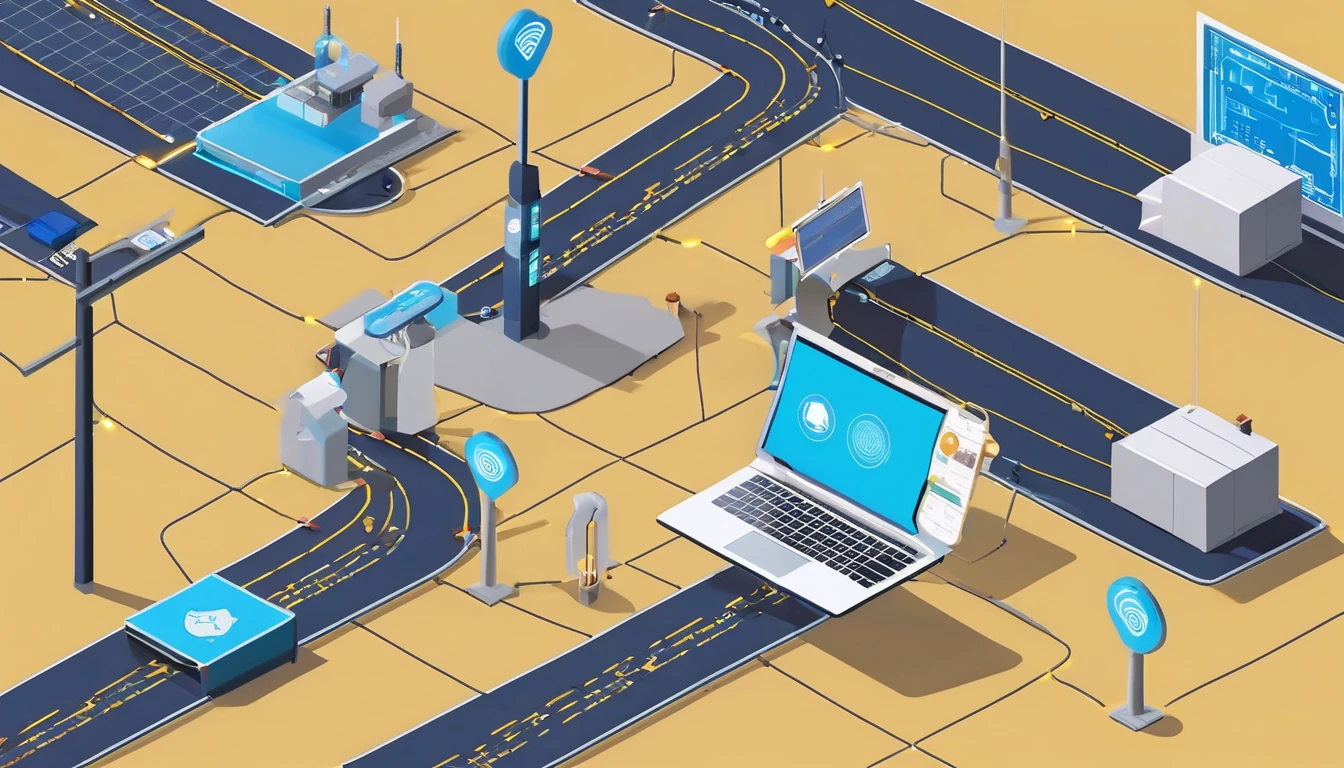Planning an alps itinerary 10 days that hops between France, Switzerland, Italy and Austria? This route prioritises snow, scenery and strong mobile connectivity so you can navigate lifts, coordinate groups, work on the go and stay safety-aware. Expect solid 4G/5G in towns and valleys, with patchier coverage at altitude depending on aspect and network. A multi-country eSIM with hotspot capability beats resort Wi‑Fi for reliability, especially on transfer days or when you need laptop-grade data. Below you’ll find a practical 10‑day route, network tips by country, and a simple setup checklist to keep you online from Chamonix to St. Anton. We’ll also cover border handovers, safety alerts, and how to budget data for calls, maps and work. If you’re travelling as a team, there’s guidance on shared hotspots and business controls too. You’ll finish with a clear next step to choose the right eSIM plan before you clip in.
Route at a glance (10 days, connectivity-first)
1) Day 1–2: Chamonix, France
Base in Chamonix town for dependable 4G/5G and quick access to Les Houches/Brévent. Mountain coverage varies by aspect; expect solid signal near lifts and mid‑stations, weaker on north-facing bowls. Good for early testing your eSIM and hotspot.
2) Day 3: Vallorcine/Le Tour and transfer to Verbier (Switzerland)
Ski the sunny Le Tour area (generally better line of sight to valley towers). Afternoon transfer via Col de la Forclaz to Verbier. Expect brief blackspots in gorges; cache maps and playlists.
3) Day 4–5: Verbier/4 Vallées, Switzerland
Swiss networks are strong in valleys; mountain coverage is best on ridgelines above Verbier and Siviez. Great for navigation, group chats and booking restaurants on the fly. Two days lets you test remote work windows with your hotspot.
4) Day 6: Transfer to Italy via Grand St. Bernard or Mont Blanc tunnel; ski Courmayeur (Aosta Valley)
Coverage is robust in Courmayeur town and on main lift lines; drops in tree-lined gullies. Afternoon espresso and a video call from a café via your hotspot is very doable.
5) Day 7: Cervinia–Zermatt cross-border ski (Italy–Switzerland)
Big open terrain with decent ridge coverage. Signal dips in leeward bowls. Ensure your plan covers both countries or enable data only on the side you prefer to roam in; offline maps help on Plateau Rosa.
6) Day 8: Transfer to Austria (St. Anton am Arlberg)
Transit via the Mont Blanc/Great St Bernard route back to the Swiss/Austrian corridor. Long tunnels can cut connectivity entirely; download tickets and passes to your wallet app.
7) Day 9–10: St. Anton/Lech–Zürs, Austria
Excellent town coverage; mountain signal is best near lift corridors and ridge traverses between Lech and Zürs. Good base for final remote work blocks, backups and trip admin before departure.
Pro tip
- If you’re tight on transfers, swap Cervinia for La Thuile (Italy) for a shorter hop; or Verbier for Zermatt if you want iconic scenery but expect more shadow zones behind the Matterhorn.
eSIM setup for a 10‑day Alps circuit (How to)
1) Check device compatibility
- Confirm your phone supports eSIM and personal hotspot.
- If you need to keep your home number for 2FA/SMS, ensure dual SIM/eSIM capability.
2) Choose your plan
- Pick a regional plan that lists all four countries. See Destinations and consider Esim Western Europe for France/Italy/Austria, adding Switzerland coverage where shown.
- Prefer country packs? Line up Esim France and Esim Italy for deeper data in those stops.
3) Install before you fly
- Activate via QR or in‑app on Wi‑Fi at home. Keep your physical/SIM line set to “Calls & SMS” and eSIM to “Mobile data”.
4) Enable data roaming
- For multi-country eSIMs, switch Data Roaming ON.
- Set Network Selection to Automatic; keep an eye on handovers at borders.
5) Configure hotspot
- Name your hotspot and set a strong password.
- Test a laptop/tablet connection and a quick video call.
6) Optimise battery and offline tools
- Download offline maps for Chamonix, Verbier, Aosta Valley and Arlberg.
- Enable Wi‑Fi calling on your home SIM if supported. Carry a 20,000 mAh power bank.
7) Safety and alerts
- Enable emergency alerts/cell broadcast. Install local apps (e.g., Alertswiss) and allow notifications.
8) Budget data
- Maps/navigation: 150–300 MB/day with live layers.
- Video calls: ~600–900 MB/hour (SD) via hotspot; plan your work blocks near towns.
Mountain vs valley coverage: what to expect
France (Chamonix and surrounds)
- Generally strongest: Orange on mountain corridors; SFR and Bouygues solid in town/valley. Free Mobile can be patchy at altitude.
- Expect dropouts in deep bowls (Grands Montets) and forested gullies near Les Houches.
Switzerland (Verbier/Zermatt)
- Swisscom typically best overall; Sunrise strong in resorts; Salt fine in towns.
- In 4 Vallées, ridgelines and major liftlines have good LTE/5G; low north-facing couloirs may lose data.
Italy (Courmayeur/Cervinia)
- TIM often best mountain reach; Vodafone good balance; WINDTRE stronger in towns.
- Cervinia’s open plateaus have better line of sight; Courmayeur’s wooded aspects can shadow coverage.
Austria (St. Anton/Arlberg)
- A1 widely regarded as the strongest; Magenta (T‑Mobile) very good; Drei (3) reliable in towns.
- Traverses between Lech and Zürs have decent signal; inner bowls can fade.
Connectivity rules of thumb
- Valleys and towns = consistent 4G/5G.
- Lift corridors and ridgelines = moderate to strong.
- Leeward bowls, forests, narrow gorges = weakest.
- Bad weather can attenuate marginal signals—download before storms.
Hotspot vs resort Wi‑Fi: what actually works
Why eSIM + hotspot wins
- Coverage where you need it: on buses, in lift lines, cafés between runs. Resort Wi‑Fi rarely reaches slopes and is overloaded at 09:00 and 16:00.
- Fewer captive portals: many lodge networks force re-logins; hotspots keep your laptop authenticated.
- Stability for calls: 4G/5G data is steadier than shared Wi‑Fi for 30–45 minute meetings.
How to run a smooth work block
- Schedule calls from town between 07:30–09:00 or 15:00–17:00 for best capacity.
- Use your phone as a hotspot on a windowside table; cap video at 480p to save ~40% data.
- Plug in: tethered phones drain quickly in cold; use a power bank.
- Keep a backup: preload files to offline folders in case you hit a coverage dip.
Data budgeting for 10 days
- Light user (maps, messaging, bookings): 4–6 GB.
- Mixed (plus a few video calls): 10–14 GB.
- Remote work daily (2 hours calls + uploads): 20–30 GB.
Tip for teams
- If you’re coordinating staff, guides or media crews across resorts, pooled data and usage controls via For Business can cut overages and simplify support.
Safety, SMS and alerts on the mountain
- Emergency numbers: 112 works across the EU and Switzerland. If any network is available, your phone will attempt the call—even if your data plan is out.
- Enable cell broadcast/emergency alerts:
- France: FR‑Alert (no app needed; ensure alerts are on).
- Switzerland: use the Alertswiss app and enable notifications.
- Italy: IT‑Alert cell broadcasts active in most regions.
- Austria: national cell broadcast is active; ensure alerts are allowed in settings.
- Keep SMS reachable: if your bank uses SMS 2FA, leave your home SIM active for Calls & SMS while routing data through your eSIM.
- Share location smartly: create a small group (Family/Find My/Google Maps) and share for the trip duration. It helps if someone loses signal in a bowl.
- Battery is safety: cold kills phones. Use an inner pocket, low‑power mode on lifts, and a compact cable to charge during coffee stops.
Border crossings: keep data seamless
- Before a border: reopen your carrier app to check balance; screenshot your QR/eSIM details.
- Crossing CH–EU boundaries: Switzerland is outside the EU. Confirm your plan’s Switzerland inclusion; if not, disable data at the border and switch to a Swiss‑enabled eSIM.
- APN and network selection: leave on Automatic unless your provider recommends a specific network. If speeds tank, toggle Airplane Mode for 10 seconds to force a fresh attach.
- Tunnels and passes: download tickets, boarding passes and offline maps before you set off; some long tunnels still have no coverage.
Picking the right Simology eSIM
- One and done: Esim Western Europe is the simplest for France/Italy/Austria; check its country list for Switzerland coverage.
- Country depth: stack Esim France and Esim Italy if you’ll use more data there (photo/video backups, frequent calls).
- Coming from North America? Activate before you depart using Esim United States or prep with Esim North America for the outbound leg, then switch to Europe on arrival.
- Not sure? Browse coverage notes by country on Destinations.
- Operators, hotels or guides: explore co‑branded connectivity for guests via Partner Hub.
Optional extension
- Swing west to Spain’s Pyrenees on a longer circuit? See Esim Spain and check train/flight options from Geneva or Zurich.
Packing checklist: connectivity edition
- eSIM installed and tested on home Wi‑Fi
- Power bank (20,000 mAh) + short USB‑C/Lightning cables
- Phone case with lanyard or zipper pocket to prevent drops from lifts
- Offline maps for all four regions
- Spare wall adapter with dual USB ports (EU plug)
- Laptop offline work folders synced for meetings
- Printed pass QR or saved to wallet app
FAQ
Q: Will one eSIM cover France, Switzerland, Italy and Austria?
A: Many regional eSIMs do; Switzerland is sometimes excluded. Check the country list on your chosen plan and top up or add a Switzerland‑enabled eSIM if needed.
Q: Is resort Wi‑Fi enough for remote work?
A: It’s fine for casual browsing but unreliable for video calls at peak times. A phone hotspot on 4G/5G is more stable and available where Wi‑Fi isn’t (buses, cafés, lift lines).
Q: Can I keep my home number for bank codes while using an eSIM?
A: Yes. Set your physical SIM to Calls & SMS and your eSIM to Mobile Data. You’ll receive SMS/2FA on your home number while using data on the eSIM.
Q: How much data do I need for this 10‑day circuit?
A: Most travellers use 6–12 GB. Add more if you’ll run daily video calls (estimate 1 GB per hour in SD) or upload media.
Q: What if I lose signal on the mountain?
A: Move toward ridgelines or lift stations for better line of sight. Use offline maps and pre‑agreed meeting points. For emergencies, dial 112—your phone will try any available network.
Q: Will my hotspot drain the battery too fast in the cold?
A: Hotspots do use power. Keep the phone warm in an inner pocket, lower screen brightness, and plug into a power bank during longer work sessions.
Next step
Choose your plan and check country coverage for your route: start with Esim Western Europe and confirm inclusions on Destinations.




